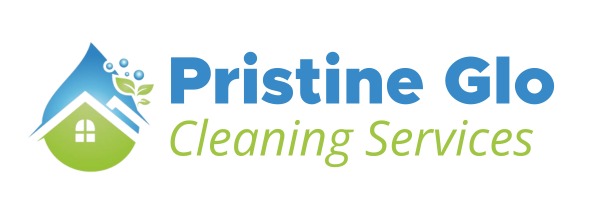The ABCs of Green Laundry: Sustainable Tips for Fresh and Clean Clothes
Laundry day doesn’t have to be a guilt-ridden affair for eco-conscious individuals. With a few simple changes to your laundry routine, you can keep your clothes fresh and clean while minimizing your environmental impact. Let’s explore the ABCs of green laundry – a guide to sustainable practices that are easy to adopt and beneficial for both your wardrobe and the planet.
A is for Air-Drying: Harnessing the Power of Nature
Utilize the natural drying power of the sun and fresh air by air-drying your clothes. Hang laundry on a clothesline or drying rack whenever possible. Not only does this method save energy, but it also helps preserve the lifespan of your clothing by reducing wear and tear from the heat of the dryer.
B is for Baking Soda: A Natural Laundry Booster
Baking soda isn’t just a kitchen staple; it’s a versatile addition to your laundry routine. Add a half cup of baking soda to your wash to boost detergent efficiency, neutralize odors, and soften fabrics. It’s an eco-friendly alternative to commercial fabric softeners and odor removers.
C is for Cold Water: Energy-Efficient Washing
Switching from hot to cold water when washing your clothes can significantly reduce energy consumption. The majority of the energy used in laundry comes from heating the water. Coldwater washing not only saves energy but also helps preserve the color and integrity of your garments.
D is for Detergent Pods: Portion-Controlled and Less Waste
Consider using detergent pods instead of liquid or powder detergents. These pre-measured pods help reduce the risk of overusing detergent, leading to less water pollution and waste. Look for eco-friendly detergent pod options with biodegradable or recyclable packaging.
E is for Eco-Friendly Detergents: Gentle on Clothes and the Earth
Opt for laundry detergents that prioritize eco-friendly ingredients. Look for phosphate-free and biodegradable formulas that are gentle on the environment and your clothes. Many brands now offer plant-based detergents that perform as well as traditional options without the environmental drawbacks.
F is for Full Loads: Efficient Water Usage
Maximize the efficiency of your washing machine by waiting until you have a full load before starting a wash cycle. This reduces the number of loads you need to run, conserving both water and energy. For smaller loads, adjust your machine settings to match the load size for optimal efficiency.
G is for Green Dry Cleaning: Sustainable Alternatives
Traditional dry cleaning methods often involve harsh chemicals that can be harmful to both your health and the environment. Look for green or eco-friendly dry cleaners that use environmentally friendly solvents and processes. Another option is to choose garments that can be hand-washed or machine-washed to eliminate the need for dry cleaning altogether.
H is for High-Efficiency Appliances: Upgrade for Efficiency
If it’s time to replace your washing machine or dryer, consider investing in high-efficiency appliances. These models use less water and energy, making them more environmentally friendly and cost-effective in the long run.
I is for Inclusive Sorting: Wash Similar Fabrics Together
Sort your laundry based on similar fabrics and colors to ensure an efficient and effective wash. Washing similar items together reduces the risk of color bleeding and allows you to adjust wash settings for specific fabrics, potentially leading to shorter wash cycles.
J is for Jeans Care: Preserve and Prolong
Jeans are notorious for consuming a significant amount of water during the production process. To reduce your environmental impact, wear jeans multiple times between
washes and spot clean as needed. When it’s time to wash, turn them inside out to preserve color and use cold water.
K is for Keep Lint in Check: Maintain Dryer Efficiency
Clean the lint filter in your dryer regularly to maintain optimal efficiency. A clean filter allows for better airflow, reducing energy consumption and the risk of a lint fire. Additionally, consider repurposing lint for composting or as a fire starter for outdoor activities.
L is for Line-Drying: Back to Basics with Energy-Free Drying
Line-drying is a timeless and energy-free method of drying clothes. It not only conserves energy but also imparts a fresh, outdoor scent to your laundry. If space allows, invest in a retractable clothesline or a foldable drying rack for easy use.
Conclusion: A Greener Laundry Routine for a Brighter Future
With the ABCs of green laundry, you can transform your laundry routine into a sustainable and eco-friendly practice. These simple tips not only contribute to the well-being of the planet but also help you save money and preserve the quality of your clothes. By adopting these practices, you join a growing community dedicated to reducing the environmental impact of everyday activities, one load of laundry at a time.

